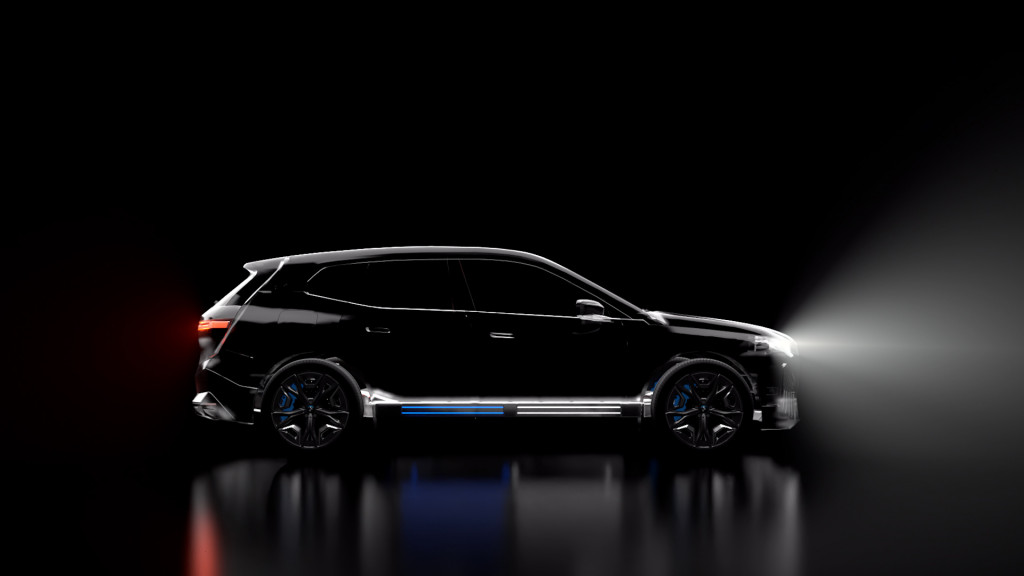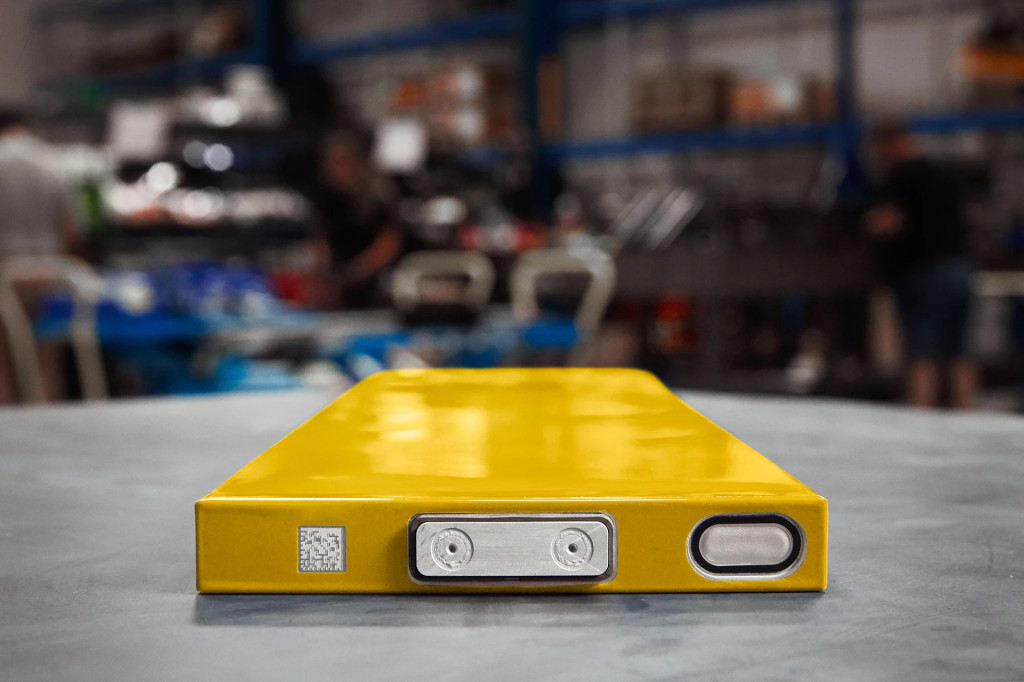Michigan-based startup Our Next Energy (ONE) this week unveiled a prismatic anode-free battery cell it claims will lay the foundation for 600-mile EVs.
The prototype cell will be integrated into a BMW iX prototype later this year as part of a dual-chemistry battery pack. ONE said in a press release that it's aiming for a volume-produced version of the dual-chemistry setup, called Gemini, in 2026 that will enable 600 miles of range "in a wide range of vehicle platforms" including trucks and SUVs.
ONE revealed its 600-mile test iX earlier this year but hadn't yet detailed the chemistries. The startup now says it will pair the anode-free chemistry with lithium-iron phosphate (LFP) similar to the kind popularized by Chinese automakers, and now used by Tesla in certain vehicles.

BMW iX prototype to use Our Next Energy mixed-chemistry battery pack
The 1007-wh/l anode-free cells eliminate the need for graphite and manufacturing equipment associated with anodes, enabling cell costs of $50 per kwh at scale, or about half the cost of current lithium-ion cells, ONE claims.
Anode-free cells typically have a lower life cycle than conventional lithium-ion cells, which would normally make them unsuitable for automotive use. But ONE claims its Gemini dual-chemistry packs solve that problem with a 90% reduction in cycle and peak power requirements, adding that a proprietary DC-DC converter allows the anode-free and LFP chemistries to be integrated into one pack.
Each chemistry is used for a specific function—LFP for daily driving, and anode-free for long-distance trips. With this arrangement, ONE anticipates a 250,000-mile service life.

ONE 1007 Wh/L anode-free battery cell
LFP cells allow consistent charging and reduced demand for difficult-to-source ingredients, but they're a bit heavier and need a boost in cold weather—likely all remedied with this dual-chemistry approach.
ONE appears to be the only entity trying to take dual-chemistry battery packs mainstream, although it's certainly not the only company thinking about it. For instance, Nissan has been working on its own solid-state cells, and within that project it hasn't ruled out combining chemistries within packs.
Drivers of long-range electric vehicles tend rarely to tap into the full range and battery capacity of their EV. So while many startups are betting on faster-charging cells, this approach might prove not only better for automakers but the end user as well.












